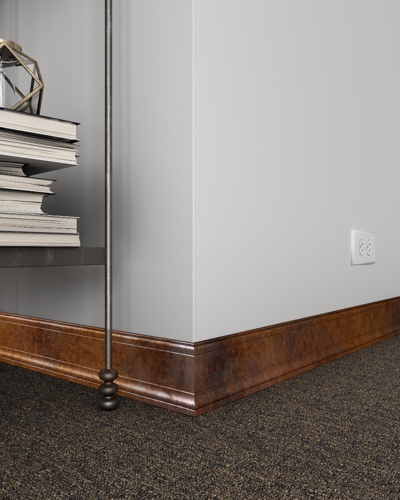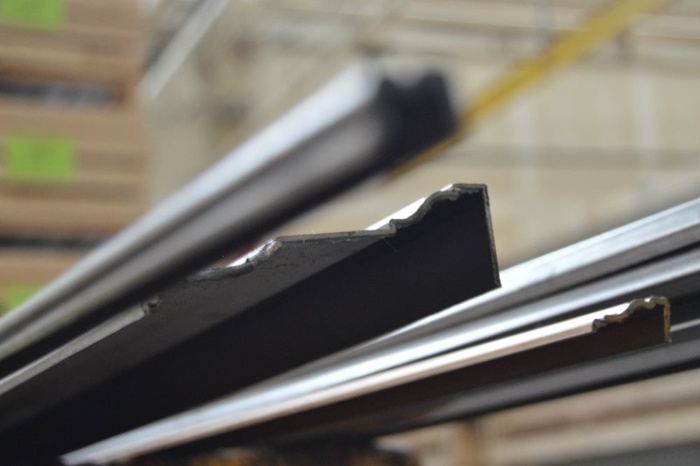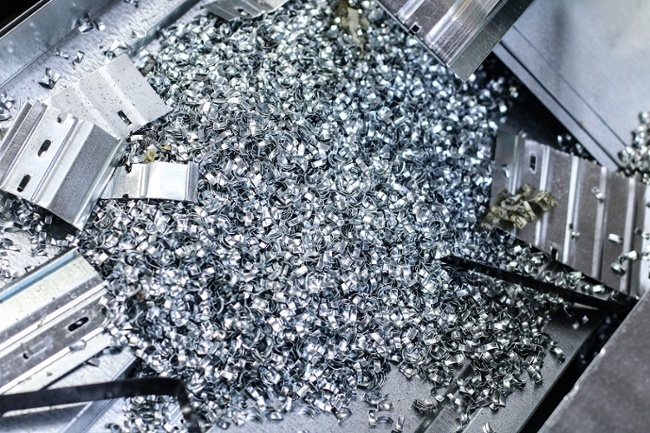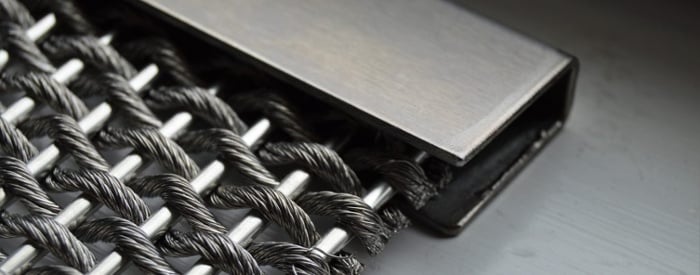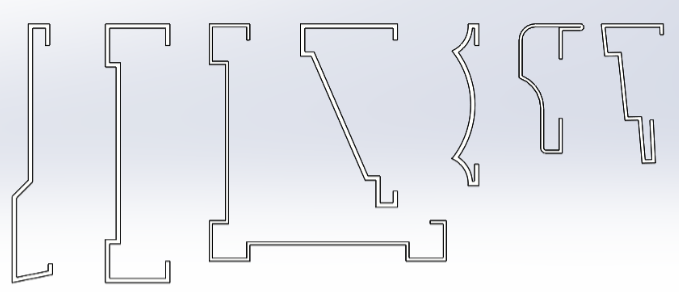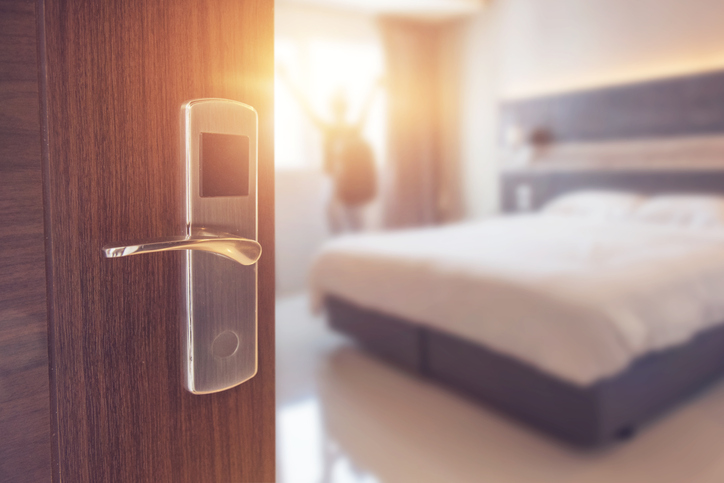Can Copper Antimicrobial Products Make Hospitality Design Safer?
The coronavirus pandemic has forever changed the way many of us think about architectural design and materials.
Copper Welding: Interior Door Casing, Seamless Crown Moulding, & More
(Photo courtesy Miller Welds) Can you weld copper? Absolutely. The trick is establishing the ideal joining method for yo …
DYK? Dahlstrom Architectural Mouldings & Doors Grace These 5 Landmarks
The biggest, boldest architectural projects in America demand unique solutions for both form and function. Dahlstrom Arc …
Sheet Metal Design Guide: End Distortion & Springback
Roll forming is the most cost-effective way to continuously produce complex shapes with multiple bends. But it’s not a p …
What Goes Into Roll Formed C & U Channel Prices?
To manufacturers, a channel is one of the most simplistic shapes on earth. This helps explain why channels are a commodi …
Architectural Wire Mesh & Perforated Metal Panels: 3 Benefits, 10 Uses
Architectural design aims to balance economy, elegance, and efficiency. Perforated metal paneling and wire mesh certainl …
Inside Peek at Steel Door Frame Component Manufacturing
Metal manufacturing is fascinating because it’s always getting better. Take steel doors and frames -- today’s manufactur …
Pair Decorative Metal Trim Easily Via Our New Online Moulding Catalog
There will always be designers who want control of every single detail, down to the last thread, sliver, or scrap. That …
How to Cope a Moulding? Easy -- Try Seamless Baseboards & More
Architects are often frustrated when they see a finished installation of trim mouldings that have unsightly gaps. But wh …
Commercial Interior Design Ideas: Decorative Metal Trim for Furniture
Decorative metal trim for furniture isn’t new. In fact, it's many centuries old. It had a long existence as a symbol of …



